Electronic energy meters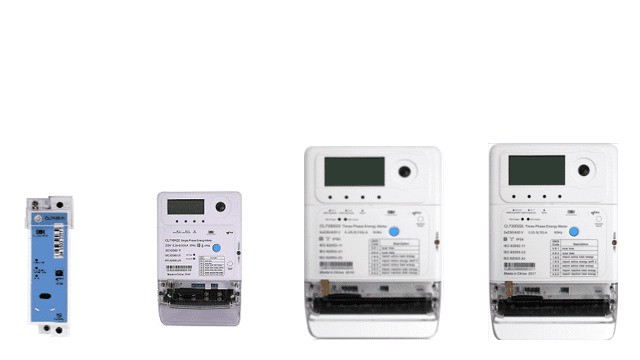 Discover the Power of Electronic Energy Meters with Our Expertise and other test equipment is relying on accurate values for voltages, currents and time. The power factor is a derivate of the time. It can e.g. be calculated by the time difference
Discover the Power of Electronic Energy Meters with Our Expertise and other test equipment is relying on accurate values for voltages, currents and time. The power factor is a derivate of the time. It can e.g. be calculated by the time difference The four-quadrant diagram in electricity metering between the voltage- and current zero-crossing.
The four-quadrant diagram in electricity metering between the voltage- and current zero-crossing.
For energy meters the values are captured by measurement-ICs. Various companies like Texas Instruments or Analog Devices offer a wide range of chips for different applications.
These chips are able to measure the values every 125 µs (8 kHz sampling frequency, 160 samples/cycle). With this sampling rate and a lot of additional know how the measurement chips can provide an accuracy of < 0.1%.
When you play with the graphics you will find much higher theoretical sampling errors. All these errors are compensated, so finally an energy meter will keep the required accuracy class after the adjustment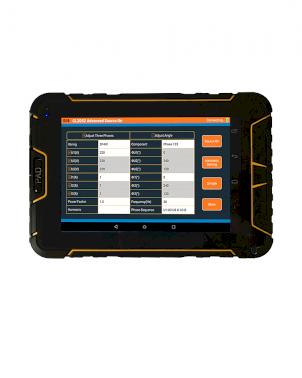 The difference between adjustment and calibration.
The difference between adjustment and calibration.
What about higher accurate equipment?
The first product of CLOU was a reference standard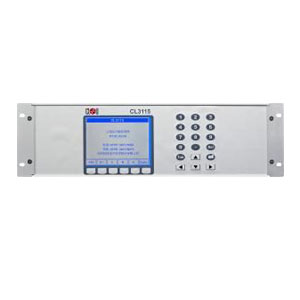 Three Phase Reference Standard CL3115. These devices are used to verify the accuracy of energy meters. The intellectual property of the whole measurement solution is with CLOU. We can actually achieve an accuracy of 100 ppm (0.01%) on apparent power. The reference standards can be calibrated by any metrological laboratory. Usually only the national metrological institutes have the dedicated equipment to do accuracy verifications on this high precision level.
Three Phase Reference Standard CL3115. These devices are used to verify the accuracy of energy meters. The intellectual property of the whole measurement solution is with CLOU. We can actually achieve an accuracy of 100 ppm (0.01%) on apparent power. The reference standards can be calibrated by any metrological laboratory. Usually only the national metrological institutes have the dedicated equipment to do accuracy verifications on this high precision level.
The interactive graphics below shows the impact on accuracy for different sampling rates. The error calculation is based on true-rms for a wave with 360 samples and for training purpose only. The green vertical lines are showing the single samples.
You see that additional interpolations are necessary to achieve the meter accuracy.
samples

Final thoughts
This article came up from customer questions. It's as much simplified as possible (Otherwise no one will read it:). Doing waveform sampling in the most accurate way requires continuity in development. We are in the lucky position to have enough resources and budget for R&D in this field.
For energy metering the commercial chips are a good solution but there is no doubt that we test and select the most suitable vendors careful.
For meter test equipment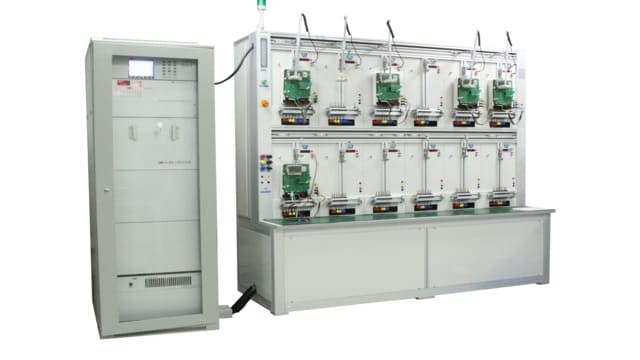 Introducing Our High-Quality Meter Test Equipment for Precise Measurements we are using our own developed measuring methods.
Introducing Our High-Quality Meter Test Equipment for Precise Measurements we are using our own developed measuring methods.
We have also a sampling team, but their job is different.
Thank you for reading.
Editor's note: This article was originally published in October 2020 and has been updated for comprehensiveness.


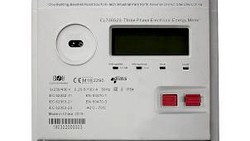
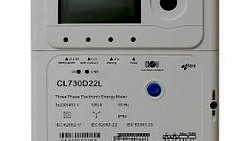

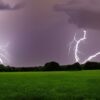

Hello,
What is the role of the sampling team ?
This team is responsible for preparing customized meter samples for review and other purposes before production.